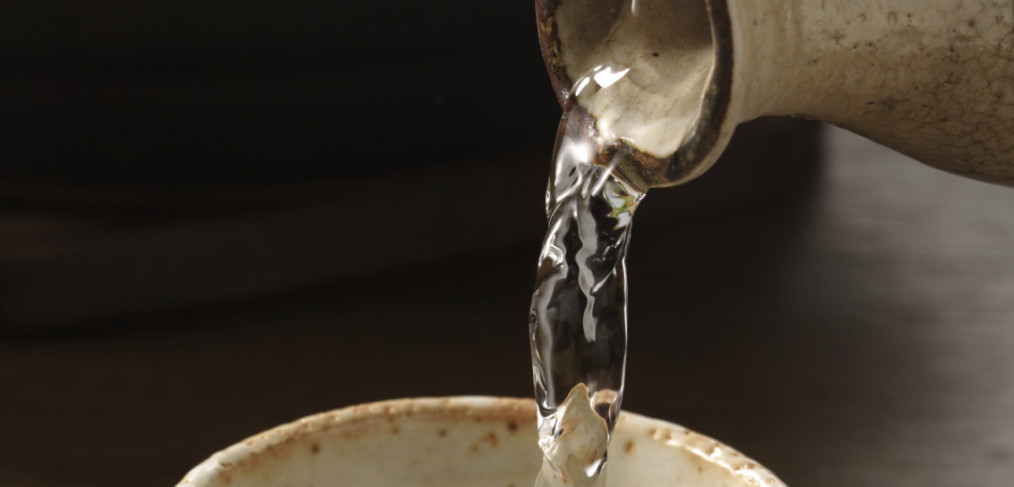
Japan Corner: Brief Guide to Sake
Japan Corner: This is our new section in which we share what is unique to Japan and its culture.
by Yasu Kizaki
Brief Guide to Sake
Sake is an all-natural rice-based fermented alcoholic beverage.
It is brewed like beer and served like wine…..
with tasting characteristics and alcohol content (15%~18%) quite similar to wine. However, the acidy level is much lower than wine. This is the main reason why sake is much easier to pair with all types of food. Sake was first made in China roughly 5,000 years ago, but was later dramatically improved in Japan and it is still improving. Today, there are over 14,000 different sakes produced by 1,800 brewers worldwide – 1400 being in Japan. The master brewers called Toji have been introducing an amazing selection of sakes all over Japan, and many of these are made by the younger generation, the next Toji.
Sake is made from four ingredients: rice, water, yeast, and Koji, an enzyme. The sake rice called Sake Mai is larger than regular rice in size. The starches in rice are concentrated in the center of the grain, and for premium and super premium sake, the outside of the grain is polished away. This exposes the heart of the rice that contains the starch that will be converted to fermentable sugars. The degree to which the rice is polished determines how the sake is classified. The higher the polish ratio, the better quality and more expensive the sake is.
Most sake is aged for about 6 months, either in tanks or in the glass bottle. It is important that sake is kept at a controlled temperature, and can be consumed up to 3 weeks (and often longer) after opening the bottle with little to no change in flavor or quality.
Sake Category
- Junmai – made from rice, water, yeast and Koji only.
- Junmai Ginjo – Junmai Sake with 40%-50% of the rice grain polished away. (or Junmai Sake with a polish ratio of 50% – 60%)
- Junmai Daiginjo – Junmai Sake with 50% or more of the rice grain polished away.
- Nama – Sake that has not been pasteurized. Namazake must be kept chilled.
- Nigori – unpressed sake – leaving a white, cloudy layer. The taste is often sweet, but can be dry.
- Honjozo – Sake with a small amount of brewer’s alcohol added. This brings out flavors & aroma.
- Genshu – Sake that has not been diluted with water. Alcohol content can reach 20%. There are also well made sakes that only reach 16 – 17% alcohol
Visit the Sushi Den website often for new installments of “Japan Corner”.

